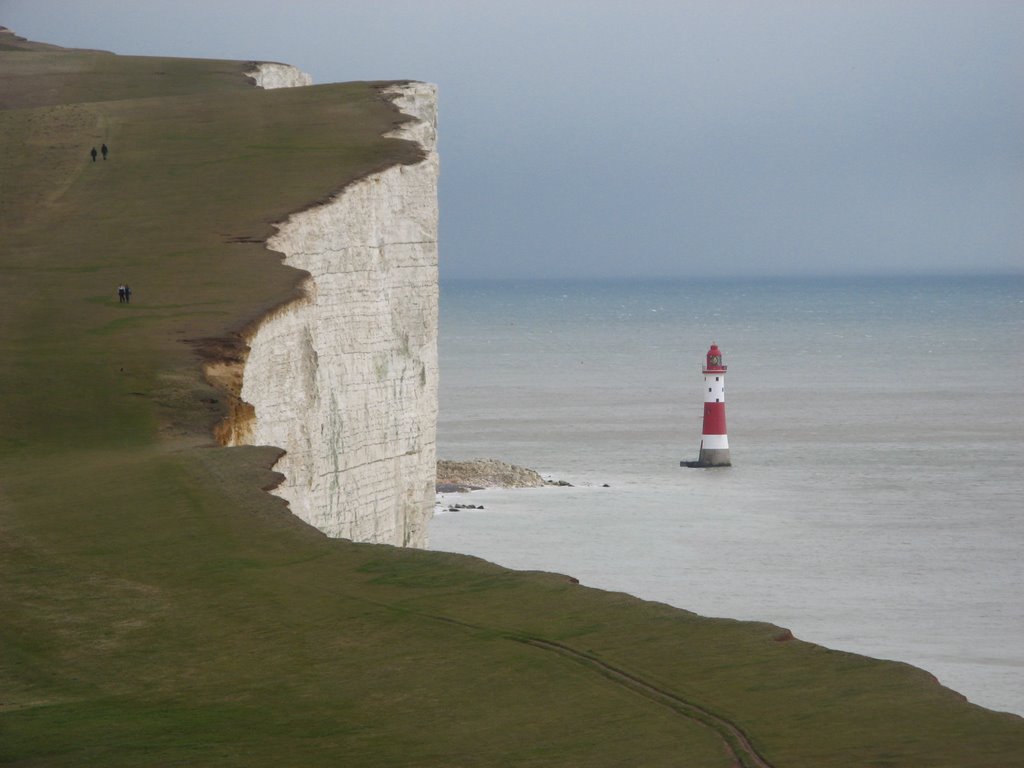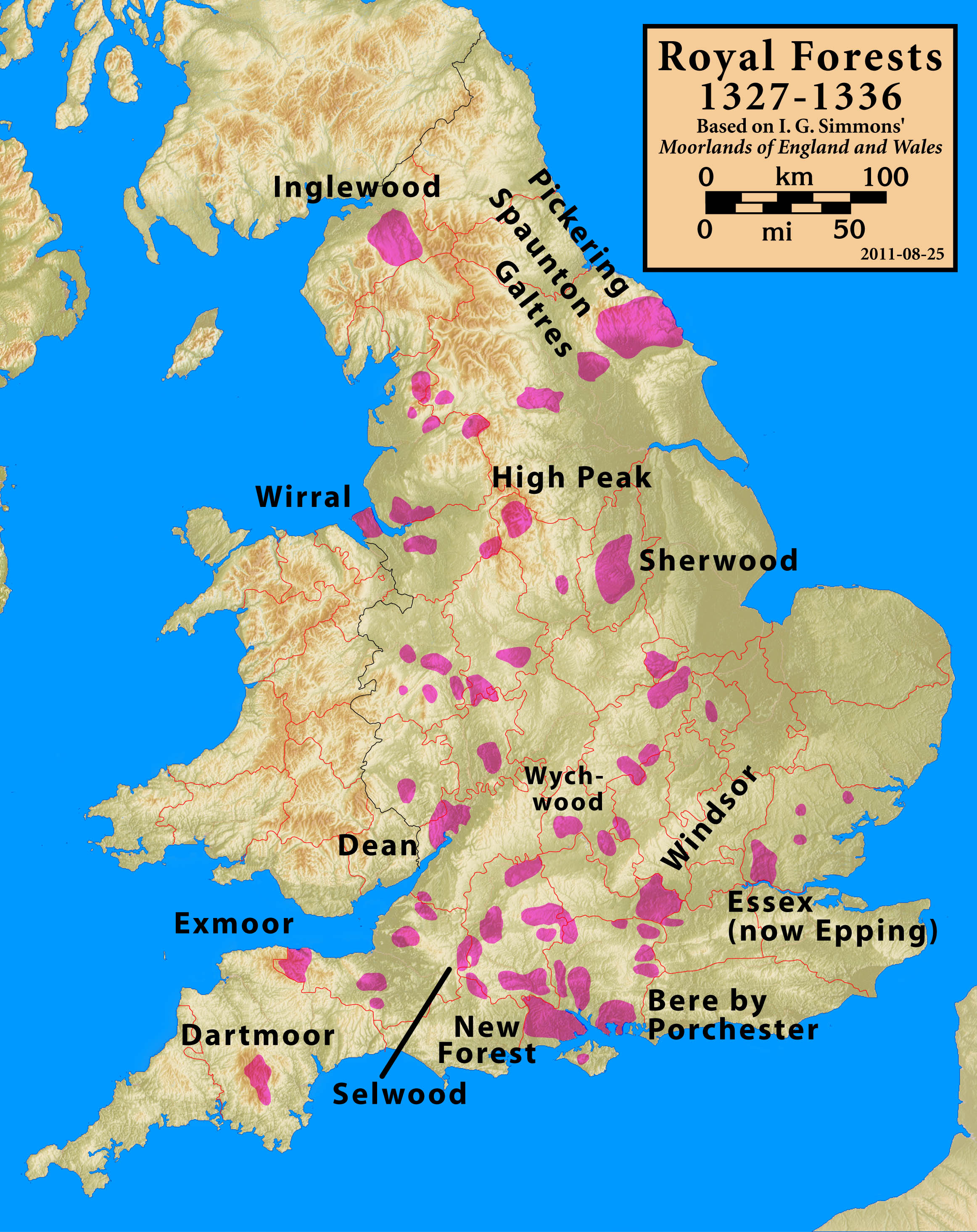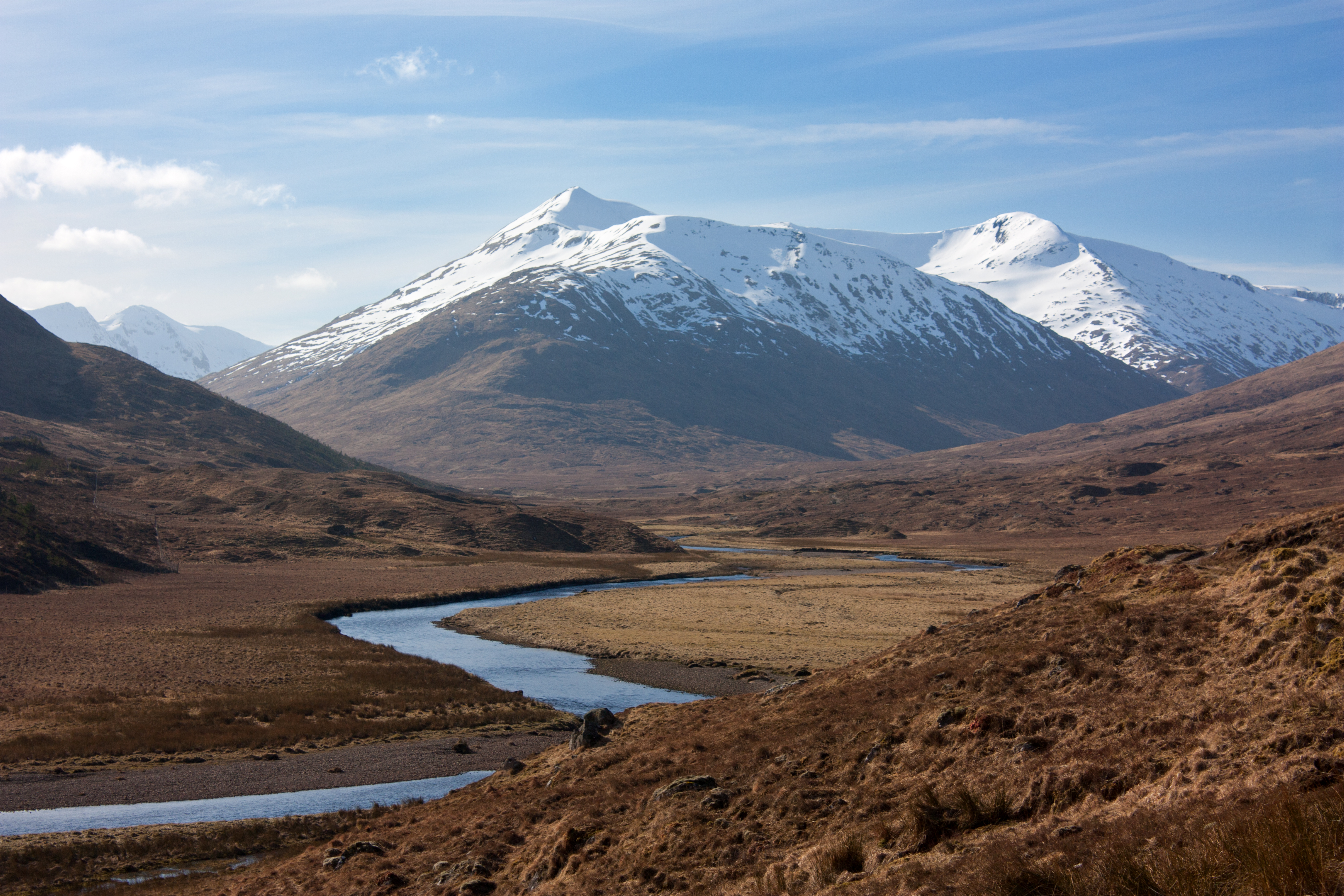|
National Parks And Access To The Countryside Act 1949
The National Parks and Access to the Countryside Act 1949 is an Act of the Parliament of the United Kingdom which created the National Parks Commission which later became the Countryside Commission and then the Countryside Agency, which became Natural England when it merged with English Nature in 2006. The Act provided the framework for the creation of National Parks and Areas of Outstanding Natural Beauty in England and Wales, and also addressed public rights of way and access to open land. The Act was passed in 1949 with all-party support, as part of the reconstruction of the UK by the Labour government after World War II. The Act followed reports by: *a Government committee chaired by Christopher Addison (later Viscount Addison) in 1931, * John Dower, secretary of the Standing Committee on National Parks, to the Minister of Town and Country Planning in 1945, and *a Government committee chaired by Sir Arthur Hobhouse in 1947, which proposed 12 national parks. The first 1 ... [...More Info...] [...Related Items...] OR: [Wikipedia] [Google] [Baidu] |
Arthur Hobhouse
Sir Arthur Lawrence Hobhouse (15 February 1886 – 20 January 1965) was a long-serving English local government Liberal politician, who is best remembered as the architect of the system of national parks of England and Wales. Early life Hobhouse was the son of prominent Liberal politician and MP Henry Hobhouse and the brother of peace activist, prison reformer, and religious writer Stephen Henry Hobhouse. Arthur Hobhouse was educated at Eton College, St Andrews University and Trinity College, Cambridge, where he graduated in Natural Sciences. At Cambridge, he was a Cambridge Apostle and a member of the Cambridge University Liberal Club, becoming Secretary in 1906 and was also the lover of John Maynard Keynes and Duncan Grant. Career Hobhouse practised as a solicitor until the outbreak of World War I, when he joined the British Expeditionary Force. After the War he joined the Claims Commission, dealing with claims against Allied forces in the Abbeville area, and rose to the r ... [...More Info...] [...Related Items...] OR: [Wikipedia] [Google] [Baidu] |
Government
A government is the system or group of people governing an organized community, generally a state. In the case of its broad associative definition, government normally consists of legislature, executive, and judiciary. Government is a means by which organizational policies are enforced, as well as a mechanism for determining policy. In many countries, the government has a kind of constitution, a statement of its governing principles and philosophy. While all types of organizations have governance, the term ''government'' is often used more specifically to refer to the approximately 200 independent national governments and subsidiary organizations. The major types of political systems in the modern era are democracies, monarchies, and authoritarian and totalitarian regimes. Historically prevalent forms of government include monarchy, aristocracy, timocracy, oligarchy, democracy, theocracy, and tyranny. These forms are not always mutually exclusive, and mixed govern ... [...More Info...] [...Related Items...] OR: [Wikipedia] [Google] [Baidu] |
Environmental Protection Act 1990
The Environmental Protection Act 1990 ( initialism: EPA) is an Act of the Parliament of the United Kingdom that defines, within England and Wales and Scotland, the fundamental structure and authority for waste management and control of emissions into the environment. Overview Part 1: establishes a general regime by which the Secretary of State, the Secretary of State for Environment, Food and Rural Affairs, can prescribe any process or substance and set limits on it respective of its emissions into the environment. Authorisation and enforcement was originally in the hands of HM Inspectorate of Pollution and local authorities but in 1996 became the responsibility of the Environment Agency (EA) and Scottish Environment Protection Agency (SEPA). Operation of a prescribed process is prohibited without approval and there are criminal sanctions against offenders. Part 2: sets out a regime for regulation, regulating and licensing the acceptable disposal of controlled waste on la ... [...More Info...] [...Related Items...] OR: [Wikipedia] [Google] [Baidu] |
Hilary Benn
Hilary James Wedgwood Benn (born 26 November 1953) is a British Labour Party politician who has been the Member of Parliament (MP) for Leeds Central since a by-election in 1999. He served in the Cabinet from 2003 to 2010, under both Tony Blair and Gordon Brown. He also served as Shadow Foreign Secretary from 2015 to 2016 and as Chairman of the Brexit Select Committee from 2016 to 2021. Born in Hammersmith, he is the second son of veteran Labour MP Tony Benn and educationalist Caroline Benn. He studied Russian and East European Studies at the University of Sussex and went on to work as a policy researcher for two trade unions, ASTMS and MSF. Benn was elected as a councillor on Ealing Borough Council in 1979 and was Deputy Leader of the Council from 1986 to 1990. He was also the unsuccessful Labour parliamentary candidate for the Ealing North constituency at both the 1983 and 1987 general elections. After the 1997 general election, Benn was appointed as a special adv ... [...More Info...] [...Related Items...] OR: [Wikipedia] [Google] [Baidu] |
South Downs National Park
The South Downs National Park is England's newest national park, designated on 31 March 2010. The park, covering an area of in southern England, stretches for from Winchester in the west to Eastbourne in the east through the counties of Hampshire, West Sussex and East Sussex. The national park covers the chalk hills of the South Downs (which on the English Channel coast form the white cliffs of the Seven Sisters and Beachy Head) and a substantial part of a separate physiographic region, the western Weald, with its heavily wooded sandstone and clay hills and vales. The South Downs Way spans the entire length of the park and is the only National Trail that lies wholly within a national park. History The idea of a South Downs National Park originated in the 1920s, when public concern was mounting about increasing threats to the beautiful downland environment, particularly the impact of indiscriminate speculative housing development on the eastern Sussex Downs (Peacehaven was a ... [...More Info...] [...Related Items...] OR: [Wikipedia] [Google] [Baidu] |
South Downs
The South Downs are a range of chalk hills that extends for about across the south-eastern coastal counties of England from the Itchen valley of Hampshire in the west to Beachy Head, in the Eastbourne Downland Estate, East Sussex, in the east. The Downs are bounded on the northern side by a steep escarpment, from whose crest there are extensive views northwards across the Weald. The South Downs National Park forms a much larger area than the chalk range of the South Downs and includes large parts of the Weald. The South Downs are characterised by rolling chalk downland with close-cropped turf and dry valleys, and are recognised as one of the most important chalk landscapes in England. The range is one of the four main areas of chalk downland in southern England. The South Downs are relatively less populated compared to South East England as a whole, although there has been large-scale urban encroachment onto the chalk downland by major seaside resorts, including most notably ... [...More Info...] [...Related Items...] OR: [Wikipedia] [Google] [Baidu] |
New Forest
The New Forest is one of the largest remaining tracts of unenclosed pasture land, heathland and forest in Southern England, covering southwest Hampshire and southeast Wiltshire. It was proclaimed a royal forest by William the Conqueror, featuring in the Domesday Book. It is the home of the New Forest Commoners, whose ancient rights of common pasture are still recognised and exercised, enforced by official verderers and agisters. In the 18th century, the New Forest became a source of timber for the Royal Navy. It remains a habitat for many rare birds and mammals. It is a biological and geological Site of Special Scientific Interest. Several areas are Geological Conservation Review and Nature Conservation Review sites. It is a Special Area of Conservation, a Ramsar site and a Special Protection Area. Copythorne Common is managed by the Hampshire and Isle of Wight Wildlife Trust, Kingston Great Common is a national nature reserve and New Forest Northern Commons is managed b ... [...More Info...] [...Related Items...] OR: [Wikipedia] [Google] [Baidu] |
Norfolk And Suffolk Broads Act 1988
The Norfolk and Suffolk Broads Act 1988 is an Act of the Parliament of the United Kingdom which created the Broads Authority. It is the framework for the creation of Broads, an area qualifying for special conservation on account of its ecological value and giving the Broads equivalent status and funding to the national parks of England and Wales.Clare Shine, Cyrille De Klemm, ''Wetlands, Water, and the Law: Using Law to Advance Wetland Conservation and Wise Use, Volume 910'', p138, (IUCN, 1999), , 9782831704784 The first ten British national parks were designated as such in the 1950s under the National Parks and Access to the Countryside Act 1949 in mostly poor-quality agricultural upland and designations subsequent to the Broads are also under the auspices of the 1949 Act. The Broads required separate legislation to give special consideration to the needs of navigation. The Act requires the Broads Authority to take account of the area's national importance and the need to prote ... [...More Info...] [...Related Items...] OR: [Wikipedia] [Google] [Baidu] |
The Broads
The Broads (known for marketing purposes as The Broads National Park) is a network of mostly navigable rivers and lakes in the English counties of Norfolk and Suffolk. Although the terms "Norfolk Broads" and "Suffolk Broads" are correctly used to identify specific areas within the two counties respectively, the whole area is frequently referred to as the Norfolk Broads. The lakes, known as broads, were formed by the flooding of peat workings. The Broads, and some surrounding land, were constituted as a special area with a level of protection similar to a national park by the Norfolk and Suffolk Broads Act 1988. The Broads Authority, a special statutory authority responsible for managing the area, became operational in 1989. The area is , most of which is in Norfolk, with over of navigable waterways. There are seven rivers and 63 broads, mostly less than deep. Thirteen broads are generally open to navigation, with a further three having navigable channels. Some broads have ... [...More Info...] [...Related Items...] OR: [Wikipedia] [Google] [Baidu] |
Suffolk
Suffolk () is a ceremonial county of England in East Anglia. It borders Norfolk to the north, Cambridgeshire to the west and Essex to the south; the North Sea lies to the east. The county town is Ipswich; other important towns include Lowestoft, Bury St Edmunds, Newmarket, and Felixstowe which has one of the largest container ports in Europe. The county is low-lying but can be quite hilly, especially towards the west. It is also known for its extensive farming and has largely arable land with the wetlands of the Broads in the north. The Suffolk Coast & Heaths and Dedham Vale are both nationally designated Areas of Outstanding Natural Beauty. History Administration The Anglo-Saxon settlement of Suffolk, and East Anglia generally, occurred on a large scale, possibly following a period of depopulation by the previous inhabitants, the Romanised descendants of the Iceni. By the fifth century, they had established control of the region. The Anglo-Saxon inhabitants later b ... [...More Info...] [...Related Items...] OR: [Wikipedia] [Google] [Baidu] |
Norfolk
Norfolk () is a ceremonial and non-metropolitan county in East Anglia in England. It borders Lincolnshire to the north-west, Cambridgeshire to the west and south-west, and Suffolk to the south. Its northern and eastern boundaries are the North Sea, with The Wash to the north-west. The county town is the city of Norwich. With an area of and a population of 859,400, Norfolk is a largely rural county with a population density of 401 per square mile (155 per km2). Of the county's population, 40% live in four major built up areas: Norwich (213,000), Great Yarmouth (63,000), King's Lynn (46,000) and Thetford (25,000). The Broads is a network of rivers and lakes in the east of the county, extending south into Suffolk. The area is protected by the Broads Authority and has similar status to a national park. History The area that was to become Norfolk was settled in pre-Roman times, (there were Palaeolithic settlers as early as 950,000 years ago) with camps along the highe ... [...More Info...] [...Related Items...] OR: [Wikipedia] [Google] [Baidu] |
Highland (geography)
Highlands or uplands are areas of high elevation such as a mountainous region, elevated mountainous plateau or high hills. Generally speaking, upland (or uplands) refers to ranges of hills, typically from up to while highland (or highlands) is usually reserved for ranges of low mountains. However, the two terms are sometimes interchangeable. Highlands internationally Probably the best-known area officially or unofficially referred to as ''highlands'' in the Anglosphere is the Scottish Highlands in northern Scotland, the mountainous region north and west of the Highland Boundary Fault. The Highland council area is a local government area in the Scottish Highlands and Britain's largest local government area. Other highland or upland areas reaching 400-500 m or higher in the United Kingdom include the Southern Uplands in Scotland, the Pennines, North York Moors, Dartmoor and Exmoor in England, and the Cambrian Mountains in Wales. Many countries and regions also have areas referr ... [...More Info...] [...Related Items...] OR: [Wikipedia] [Google] [Baidu] |






